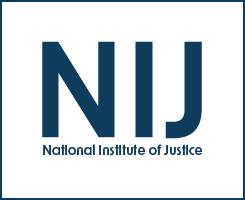Victim services
Third Parties: Victims and the Criminal Justice System
Statutory and Constitutional Protection of Victims' Rights: Implementation and Impact on Crime Victims, Final Report
Statutory and Constitutional Protection of Victims' Rights: Implementation and Impact on Crime Victims: Executive Summary
Research on Violence Against Women and Family Violence: The Challenges and the Promise
NIJ Research Review, Volume 1, Issue 4
Psychological Functioning Among Latino Victims of Teen Dating Violence: The Role of Relational and Collective Resources
Who is in the revolving door? Policy and practice implications of recurrent reports to adult protective services
Preventing Identity Theft: Perspectives on Technological Solutions from Industry Insiders
The Hidden Costs of Reentry: Understanding the Barriers to Removing a Criminal Record
NIJ hosted a webinar to discuss under-researched aspects of reentry: expungement of criminal records and the impact of those records. This webinar includes a presentation of ongoing research projects examining the impact of legal aid for expungement and past research projects studying the accuracy and permanency of criminal records and the prevalence of collateral consequences of conviction. A Q&A session will conclude this webinar.
See the YouTube Terms of Service and Google Privacy Policy
Shifting Sexual Assault Forensic Examiners Orientation From Prosecutorial to Patient-Centered: The Role of Training
"It's Hard to Show Empathy in a Text": Developing a Web-based Sexual Assault Hotline in a College Setting
Just Science Podcast: Just the Intersection of At-Home Kits and Healing
FY22 OJP Community Based Violence Intervention & Prevention Initiative (CVIPI) & NIJ Evaluation of CVIPI Projects
,




